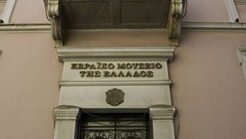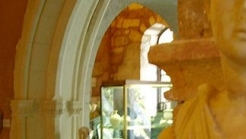

Greece
The Acropolis hill was the site for the most important and glamorous temple of the ancient city, dedicated to Athena, the protector godess of the city. This sacred site is connected to the most important myths of ancient Athens, the great religious ceremonies.
The Acropolis hill was the site for the most important and glamorous temple of the ancient city, dedicated to Athena, the protector godess of the city. This sacred site is connected to the most important myths of ancient Athens, the great religious ceremonies, the oldest worships of the city, as well as some facts from the history of the city.
In the middle of the 5th century BC, a grandiose building programme started at Pericle’s initiative, that lasted throughout the second half of the 5th century BC. To complete it, many people worked there, Athenians and foreigners, free or slaves. That is when, under the supervision of the finest artists, architects and sculptors, the most important monuments a visitor can nowadays see were constructed.
During the next centuries, the monuments in Acropolis sustained severe damages. Following the prevalence of Christianity, the monuments were converted to Christian churches. The Parthenon was dedicated to Virgin Mary, later to be known as Mary the Athenian, and during the end of the 11th century it was used as a metropole for Athens.
After the Greek revolution, the first excavations took place on the hill, between 1835 and 1837. The great organised dig of Acropolis took place from 1885-1890, organised by Panagiotis Kavvadias, while in the beginning of the 20th century, the first extensive reconstructive efforts were headed by N. Balanos. In 1975 the Commitee for the Preservation of the Acropolis Monuments was founded, whose objective is to study and perform extensive foundation and restoration works, continued to this day.


Jewish Museum of Greece was founded in 1977, in order to collect, maintain and display the civilization material connected to the 2300 years of presence of the jewish community in Greece.


Home to the Cretan vendetta, Sfakia is where you will see tight lipped Cretans dressed in black.


The museum is housed in the same building as the old Venetianturkey Headquarters Complex, which was within the perimeter of the Venetian castle, which was strengthened during the Turkish occupation.
1039 Ε 6061 01515 00